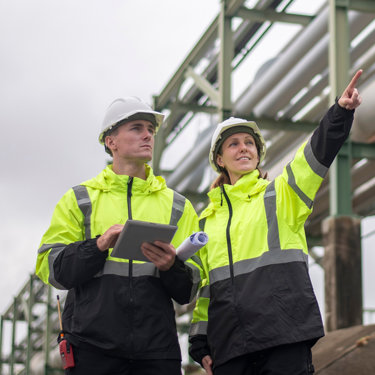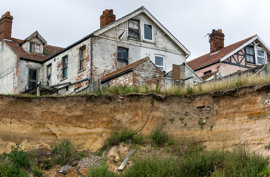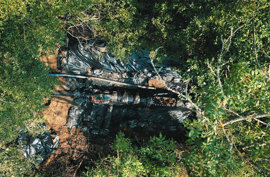Increasing hydraulic capacity: operationalising your assets
Published: 18 January 2024
Ahead of AMP8, wastewater companies are looking for solutions to meet pressing challenges such as pollutions and, internal and external flooding while effectively managing an aging infrastructure. The natural conclusion is normally more capital investment. However, Mike Williamson, Water Division Managing Director, Adler and Allan highlights a number of challenges with this approach.
Is there enough capacity in the supply chain to achieve the outcomes water companies have identified? Is it geared up to deliver capital programmes at the scale required? And can the water companies afford it?
But probably more fundamental is the question, are the capital investment programmes, at the scale identified, actually required?
Data suggests that inflow and infiltration is one of the major factors affecting the operating capacity of the wastewater networks across the UK. If you are looking to increase hydraulic capacity, before you dig up your network, you should ensure your assets, and the network overall, is operating at the original design capacity.
Ask yourself these three questions:
- Do you know where your assets are?
- Do you know your assets design standards?
- Are your assets working to their design standards?
Locating your assets
Firstly, an expert can CCTV survey your sites and identify the location and condition of your underground infrastructure.
This information will allow you to build an accurate drainage map of your network. Once you have this information, regular CCTV surveys of your drainage network will identify ongoing issues such as blockages, cracked pipes, and root ingress.
In the event of a pollution incident, an up-to-date drainage map and records of regular drainage surveying and maintenance will significantly reduce the financial implication.
Working to the design standards
Hydraulic capacity in wastewater networks is one of the key factors that underpins the need to invest. It is a general hypothesis across the industry that there isn’t enough capacity. This may be true (and almost certainly is in some areas of the network), but do water companies know what their networks should be working to today and if they aren’t, why they aren’t?
A specialist consultant will be able to identify the design standards of your assets and whether it is working to these standards. This is done by monitoring the hydraulic flow of the asset by installing flow monitors and remotely monitoring performance.
At this stage you could also commission environmental monitoring to understand water quality and identify if this is being impacted by your assets.
This creates a baseline.
If hydraulic flow is impacted, a maintenance specialist can CCTV your asset to understand what is having an impact on hydraulic flow.
Whether this is root ingress, surface water infiltration, FOG, silt, damaged assets, specialists can work to remove the blockage or line the pipe to extend asset life and expand hydraulic capacity without the need for capital investment and major construction projects.
Conclusion
The next AMP cycle will be very demanding for water companies to resource. Doubling, if not tripling the amount of output required in the next AMP means accessing a wider supply chain as well as increasing internal capability. This will put a huge demand on an already stretched supply chain, which is facilitating capital projects across the UK from new hospitals and housing, as well as remediation and maintenance of existing infrastructure.
If you can expand the hydraulic capacity of your existing network and extend (even enhance) your asset life, you can redirect capital investment to projects which will have a greater impact, as well as reducing your demand on the supply chain. But you need people who understand your assets and focus on this every day.
Water companies have the know-how, but their people are stretched. This is where a strategic turnkey partner can help you understand your wastewater network - increasing capacity, and extending asset lifespan through strategic infrastructure advice, monitoring, data analysis, diagnostics, maintenance, remediation, and response. Ultimately having a positive impact on the environment as well as the bottom line.
More from our Knowledge Hub
Environmental compliance today, creating a sustainable tomorrow
Helping you reduce risk to the environment and your operation by managing assets compliantly while achieving commercial, ESG, and net-zero goals.
Contact our experts





